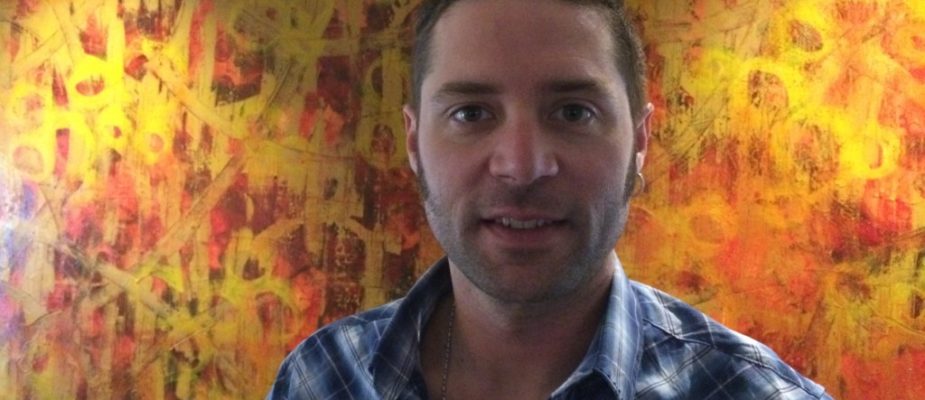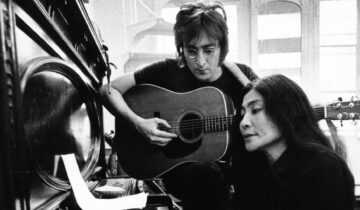The revelation that I work in an art museum can be a great icebreaker. I’ve had riveting conversations about museums and the art world with seatmates on planes, fellow shoppers in the checkout line, and the guys in the locker room at the gym. After the initial amusement of encountering someone who does something against the prevailing norm—in Charlotte, this was banking; in California, it was being retired and independently wealthy; and here in Oklahoma, it’s working in the energy sector—more often than not I’m asked about “my art.” Many people simply assume that because someone works in an art museum that the individual is an artist. Folks are rather surprised to learn that most of us are not, nor have we ever been, artists.
Let me start the demystification by sharing a little of my own background. I began my college career majoring in music—piano and voice to be specific. After about a year, and the growing realization that I possessed neither the talent nor ambition for a musical career, I switched to my other passion and graduated with a degree in anthropology. It was during this period that I began to ponder the museum profession and recognized that work as an art museum curator required a solid foundation in art history as well as a graduate degree. Given my anthropology and archaeology background, I specialized in ancient American art in graduate school and ultimately worked extensively in Peru and Mexico. After a fulfilling curatorial career, I made the satisfying leap to executive leadership.
My interest in the visual arts has never been about personal creativity. Rather, I am intrigued by art’s larger role in the social and political landscape. Among the ancient Mesoamerican societies I studied, art functioned as political propaganda by advancing and reinforcing the agendas of the ruling elite. Closer to home, we witness contemporary art as just another volatile commodity subject to the familiar cycles of boom and bust.
So, who are the people who work in art museums? Curators and chief executives tend to be academically trained art historians, well-versed in communicating about art to fellow scholars as well as a broad, general audience. But the vast majority of museum staff members are spets from a diversity of fields. The Oklahoma City Museum of Art is a complex operation and requires this multitude of talents in order to run smoothly.
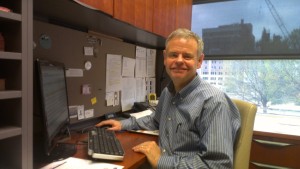 One such individual is Jack Madden, facilities director, who oversees the building, information technology, visitor services, and security. While Jack is passionate about the Museum’s mission, his expertise in systems and engineering is fundamental to the safety of our collection and special exhibitions.
One such individual is Jack Madden, facilities director, who oversees the building, information technology, visitor services, and security. While Jack is passionate about the Museum’s mission, his expertise in systems and engineering is fundamental to the safety of our collection and special exhibitions.
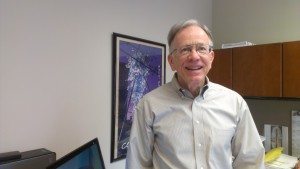 Rodney Lee, director of finance, has an extensive background in finance, accounting, and business administration. He oversees the various revenue and expense streams that comprise the Museum’s operating budget. His expertise for the financial side of the operation insures that the artistic side runs smoothly.
Rodney Lee, director of finance, has an extensive background in finance, accounting, and business administration. He oversees the various revenue and expense streams that comprise the Museum’s operating budget. His expertise for the financial side of the operation insures that the artistic side runs smoothly.
When active artists are employed in art museums, they frequently can be found in the design and installation departments. That is true for the Oklahoma City Museum of Art and we have several distinguished artists in our ranks.
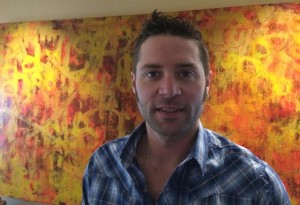 Ernesto Sánchez, head of design and installation, is a sculptor and painter.
Ernesto Sánchez, head of design and installation, is a sculptor and painter.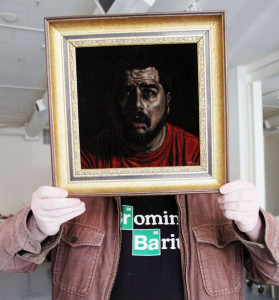 Trent Lawson, art preparator, is a painter.
Trent Lawson, art preparator, is a painter.
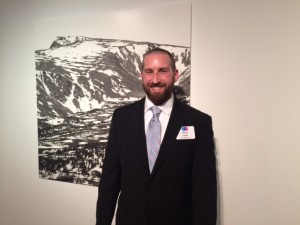 And Bryan Cook, art preparator, is a photographer.
And Bryan Cook, art preparator, is a photographer.
While it might take a village to raise a child, it takes a multi-talented team to run an art museum!
